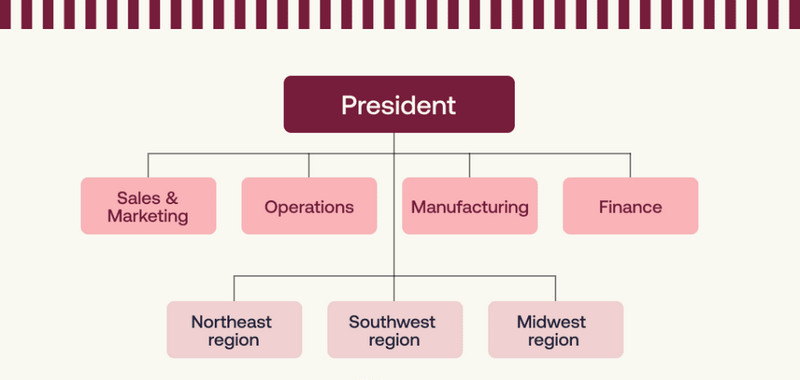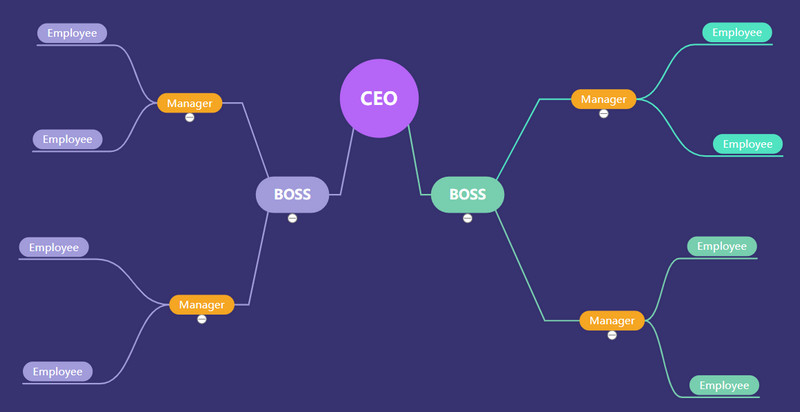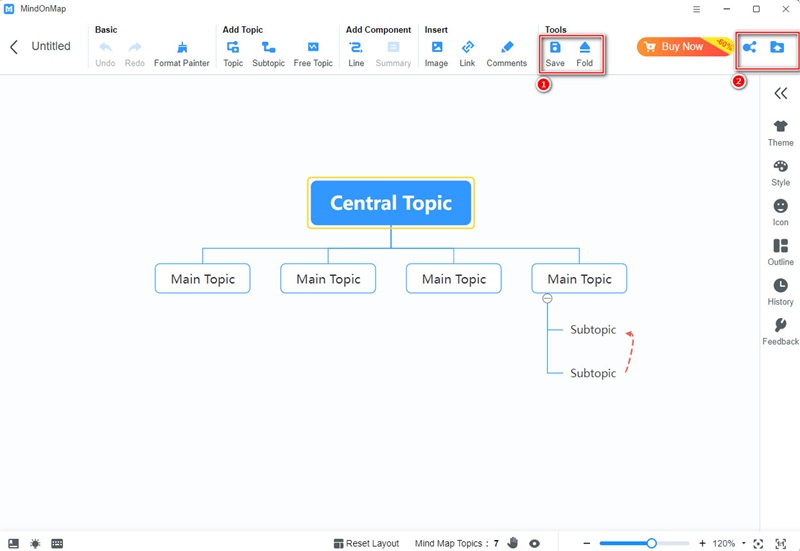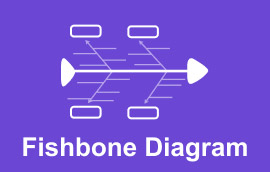A Full Breakdown of Hierarchical Organizational Structure
In today's rapidly evolving business landscape, understanding organizational structures is crucial for navigating the complexities of corporate environments. Among the various frameworks, the hierarchical organizational structure stands out as a classic yet continually relevant model. It shapes how decisions are made, how communication flows, and how responsibilities are allocated within a company. But what makes this structure endure in an age of innovation and change? Is it the clarity of roles and responsibilities, or perhaps the streamlined decision-making process it offers? As we delve deeper into the intricacies of hierarchical structures, we uncover not only their advantages but also the challenges they present in modern workplaces.
How do companies adapt this traditional model to meet contemporary demands for flexibility and collaboration? And what can emerge leaders learn from the successes and pitfalls experienced by organizations that rely on this structure? This exploration reveals insights into why the hierarchical model remains a cornerstone in organizational design and offers a fresh perspective on its application in today's dynamic world. Join us as we examine the multifaceted nature of hierarchical organizational structures and discover how they continue to influence the way we work and lead.

- Part 1. What is Hierarchical Organizational Structure
- Part 2. The Advantages of Hierarchical Organizational Structure
- Part 3. The Disadvantages of Hierarchical Organizational Structure
- Part 4. How to Draw a Hierarchical Organizational Structure
- Part 5. FAQs of Hierarchical Organizational Structure
Part 1. What is Hierarchical Organizational Structure
A hierarchical organizational structure is a system in which employees are ranked at various levels within the organization, with each level having a clear chain of command. At the top are senior executives or leaders who hold the highest authority and make strategic decisions. As you move down the hierarchy, each level represents a step in authority, with middle managers overseeing specific departments and front-line employees handling day-to-day tasks.
This structure is characterized by a clear, top-down communication flow, where directives are passed from senior management to lower levels. It provides well-defined roles and responsibilities, which can enhance efficiency and clarity in large organizations. However, it can also lead to rigidity, slow decision-making, and limited flexibility, as each level of the hierarchy may need to approve changes or new ideas.

Despite its potential drawbacks, the hierarchical organizational structure remains popular in many industries due to its straightforward approach to management and control, making it a foundational model for organizational design.
Part 2. The Advantages of Hierarchical Organizational Structure
Why do people use hierarchical organizational structures so frequently? Good question! Because it offers some unique advantages that can enhance the efficiency and clarity within a company. Firstly, it provides a clear chain of command, ensuring that every employee understands their specific role and responsibilities. This clarity helps reduce confusion and streamlines decision-making processes as directives flow from top to bottom.
Moreover, this structure facilitates easier management and supervision. Managers at each level can focus on their specific team or department, allowing for more specialized oversight and support. This can lead to improved productivity as employees receive guidance from leaders who understand their particular functions and challenges.

Meanwhile, hierarchical structures also enable efficient communication. Information and instructions are systematically passed down through the ranks, minimizing the risk of miscommunication. Furthermore, it allows for well-defined career paths, as employees can see a clear progression of roles and responsibilities, motivating them to advance within the company.
Part 3. The Disadvantages of Hierarchical Organizational Structure
Despite the powerful advantages that it brings to people, it also has several disadvantages that impact a company's flexibility and responsiveness. One major drawback is the potential for slow decision-making. Since approval often needs to pass through multiple layers of management, it can delay responses to urgent issues or market changes. This can hinder a company’s ability to adapt quickly in a fast-paced business environment.
Additionally, communication can become a challenge. As information flows from top to bottom, there’s a risk of messages becoming distorted or lost, leading to misunderstandings and inefficiencies. This structure can also create a rigid environment where innovation is stifled, as employees might feel discouraged from contributing ideas outside their defined roles.

At last, hierarchical structures can lead to employee dissatisfaction due to the perceived lack of autonomy and limited opportunities for collaboration across different levels. This can affect morale and reduce motivation, as employees may feel their contributions are undervalued. Overall, while hierarchical structures provide order, they can also create barriers to agility and innovation.
Part 4. How to Draw a Hierarchical Organizational Structure
MindOnMap is a superb online mind mapping tool that offers a comprehensive suite of features for individuals and teams. Designed with simplicity and versatility in mind, this cloud-based platform allows users to effortlessly capture, organize, and visualize their ideas in a structured and engaging manner.
Beyond its core mind mapping capabilities, MindOnMap also doubles as a decision tree creator, flowchart maker, fishbone diagram tool, and Gantt chart generator, making it a one-stop-shop for a wide range of diagramming and brainstorming needs. With a clean and intuitive interface, customizable elements, and real-time collaboration features, MindOnMap empowers users to unlock their creativity, enhance productivity, and streamline their thought processes, whether they are students, professionals, or creative minds.
Secure Download
Secure Download
Download the app, or you can find their official web to use online. Once you have managed to open it, choose "New" first, and then click "Mind Map".

As you can see, this interface offers a great deal of functions for editing your work. First, you need to create a main topic in the "Topic" field, such as bosses' names, managers' names, and something like that. Then, you can add branches as subtopics, like employees, by selecting the main topic and clicking "Subtopic." In the meantime, more layers can be added by choosing a subtopic and clicking "Subtopic" again. MindOnMap, moreover, provides features like "Link" to connect related ideas, "Image" to insert visuals, and "Comments" to add notes and explanations.

When you finish your map, you can export it by clicking "Save". It will be outputted in the format you choose: PDF, JPG, Excel, etc.

Part 5. FAQs of Hierarchical Organizational Structure
Is Amazon a hierarchical structure?
Yes, Amazon is a hierarchical structure. Such a structure is very useful for managing a large company like Amazon, which has over 560,000 employees worldwide.
What are the key features of a hierarchical structure?
The hierarchical structure can clearly point out who your employer or subordinate is, making people stay clear about their duties and enhancing work efficiency.
What are the problems with hierarchical structure?
Well, the conversation from the basic level directly to the leadership might be very inefficient. Because you need to speak to each manager to convey your messages.
Can you make a mind map in Excel?
Yes, Excel supports making a mind map in it. You may follow a guide for creating a mind map in Excel to help you do it.
Conclusion
To sum up, we have a full breakdown of the hierarchical organizational structure, including its pros, cons, and methods to draw one. We hope this article helps you well. If you want to see more, you can read more of our articles below or click "Blog" on the top.










